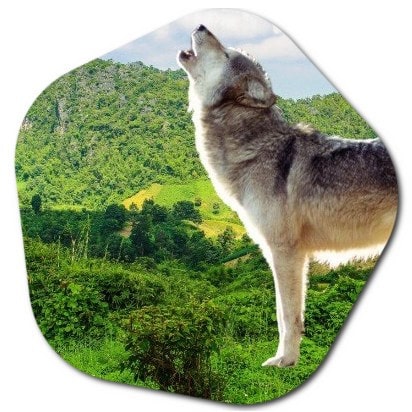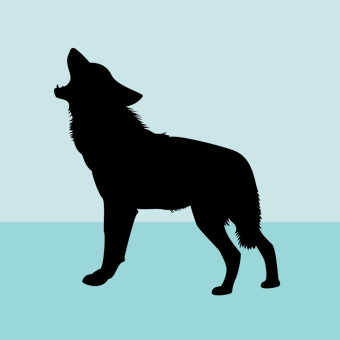Yes, there are wolves in Switzerland. As of 2023, there are close to 200 wolves, distributed in 25 packs across the country, with a steady population growth. Approximately 30-35 wolves are estimated in Switzerland, with a well-established pack in the Calanda region consistently producing pups each year. The existence of a new wolf pack in southeastern Switzerland was confirmed through genetic tests in February 2023. Wolves in Switzerland are protected, and culling is only allowed if they pose a proven threat to livestock or people
Are there wolves in Alps?
Yes, wolves can be found in the Alps, particularly in some of the mountainous regions of Europe. The Alps span across several countries, including France, Italy, Switzerland, Austria, Germany, and Slovenia, and wolves have been reported in various parts of this mountain range.

Wolves were historically present in the Alps but faced persecution and habitat loss, leading to their decline. In recent years, efforts to protect and reintroduce wolves have been made in several European countries, including those within the Alpine region. As a result, wolf populations have been slowly recovering in certain areas.
Conservation efforts, legal protections, and changing attitudes toward wolves have contributed to their gradual return to parts of the Alps. However, the distribution of wolf populations can vary, and their presence may not be uniform across the entire Alpine region.
How big are Swiss wolves?
The size of Swiss wolves, like other wolf populations, can vary, and individual wolves within a population may exhibit some size differences. On average, adult wolves in Switzerland are similar in size to wolves in other European populations.

Generally, adult wolves have a length ranging from 4 to 6.6 feet (1.2 to 2 meters) from the tip of the nose to the tip of the tail. Shoulder height typically ranges from 26 to 32 inches (66 to 81 centimeters). Adult male wolves are often larger than females, with males weighing between 70 to 130 pounds (32 to 59 kilograms), and females weighing between 50 to 85 pounds (23 to 39 kilograms).
Swiss wolves are part of a broader European population, and their size is influenced by factors such as genetics, food availability, and environmental conditions. It’s important to note that individual variations can occur within any wolf population. Conservation efforts in Switzerland and neighboring countries have contributed to the return of wolves to the region after their disappearance in the 19th and early 20th centuries.
